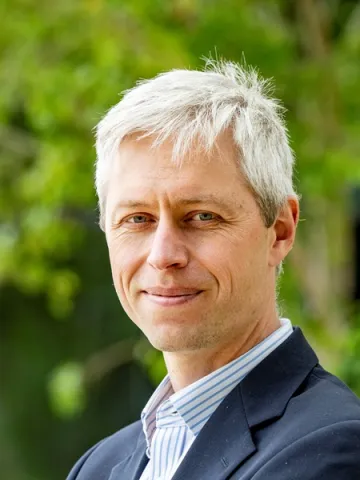About the project
Hydrogen will be the preferable energy carrier among synthetic fuels to address the spatial and temporal separation between energy production (renewable source) and consumption. It is carbon-free and well-suited for easy and inexpensive long-distance transport and long-term storage.
Thermochemical processes (gas turbines, industrial burners) will continue to be the preferred way to convert and utilize energy. However, the use of hydrogen presents challenges because its properties are entirely different from conventional fuels. On the other hand, these properties may offer the possibility to increase the efficiency of the thermochemical processes.
The first aspect to be investigated in turbulent lean hydrogen/air flames in both premixed and non-premixed regimes is the presence of intrinsic flame instabilities (IFIs) that affect flame dynamics, and heat release.
Currently, we lack physics-based predictive or data-driven models able to represent the interactions of IFIs with turbulent flows.
The first step to investigate this is to create a tool for the high-fidelity numerical simulation of such phenomena. The Wavelet Adaptive Multiresolution Representation (WAMR) method, developed by the project’s lead supervisor, uses the wavelet representation to generate a dynamically adaptive 3D grid that efficiently captures with desired accuracy a wide range of spatial scales using a relatively small number of degrees of freedom.
The project aims to:
- further develop WAMR to be efficiently used for massive numerical simulations (both DNS and LES) on High-performance computing (Tier-1) facilities
- investigate IFIs-turbulence interaction in the unique database realized with WAMR.
The main tasks of the project are:
- develop and implement an asynchronous time integrator for WAMR
- adapt the WAMR parallel algorithm to new computational resources: hybrid parallelization and GPU-acelleration
- enhancement of the scalability performance up to Exa-scale computing
- collection and production of databases (DNS) for different flame regimes and fuels (to also be used for machine learning training in parallel projects)
- investigation of interaction between diffusion, heat release, and turbulence
- integration into WAMR of classical models as well as data-driven models (developed in parallel projects)
- A-posteriori validation of the models (LES)

